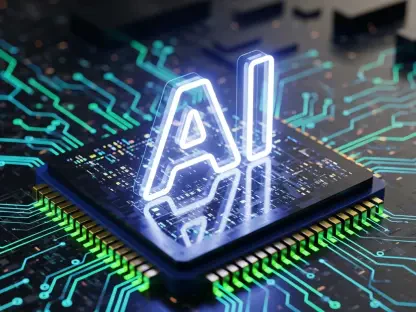In October, Python solidified its position as the most popular programming language on GitHub, surpassing JavaScript. This milestone underscores Python’s essential role in contemporary software development and AI. Python’s broad application range, from artificial intelligence to web development, has contributed to its widespread adoption. Python’s versatility, ease of learning, and extensive library support make it the language of choice for beginners and experts alike. Beyond its educational appeal, Python’s simple syntax and readable code structures enhance productivity and collaboration among developers. The new release, the free-threaded “no-GIL” build of Python 3.13, has garnered significant attention, promising improved concurrency and parallelism capabilities and allowing developers to explore free-threaded builds, enhancing Python’s performance in multi-threaded environments.
A comprehensive guide on InfoWorld outlines the updates, including explanations on threading, subprocesses, and subinterpreters in Python. This material is valuable for developers seeking to optimize Python’s threading and parallel process capabilities. This release ensures that Python remains at the forefront of innovations in software development, providing the community with robust tools to handle modern programming challenges. Another rising star in the Python ecosystem is Jupyter Notebook, which continues to gain traction as an indispensable tool for data scientists and developers on GitHub, enhancing collaborative coding and data sharing. Jupyter Notebook’s interactive environment facilitates real-time data analysis and visualization, empowering programmers to experiment and refine their algorithms with immediacy and precision.
Python’s Versatility and Community Support
In October, Python secured its spot as the most popular programming language on GitHub, overtaking JavaScript. This achievement highlights Python’s crucial role in modern software development and artificial intelligence. Its widespread use, from AI to web development, stems from its versatility, ease of learning, and extensive library support, making it a go-to language for both beginners and experts. Python’s straightforward syntax and readable code structures boost productivity and teamwork among developers.
The latest release, Python 3.13’s free-threaded “no-GIL” build, has attracted considerable attention, offering improved concurrency and parallelism. This allows developers to explore free-threaded builds, enhancing Python’s performance in multi-threaded environments. A detailed guide on InfoWorld reviews these updates, explaining threading, subprocesses, and subinterpreters in Python. This resource is invaluable for developers looking to optimize Python’s threading and parallel processing capabilities.
Moreover, Jupyter Notebook is increasingly popular in the Python ecosystem, becoming an essential tool for data scientists and developers on GitHub. Its interactive environment supports real-time data analysis and visualization, allowing programmers to test and perfect their algorithms efficiently. This makes Python a powerful tool for addressing contemporary programming challenges.









